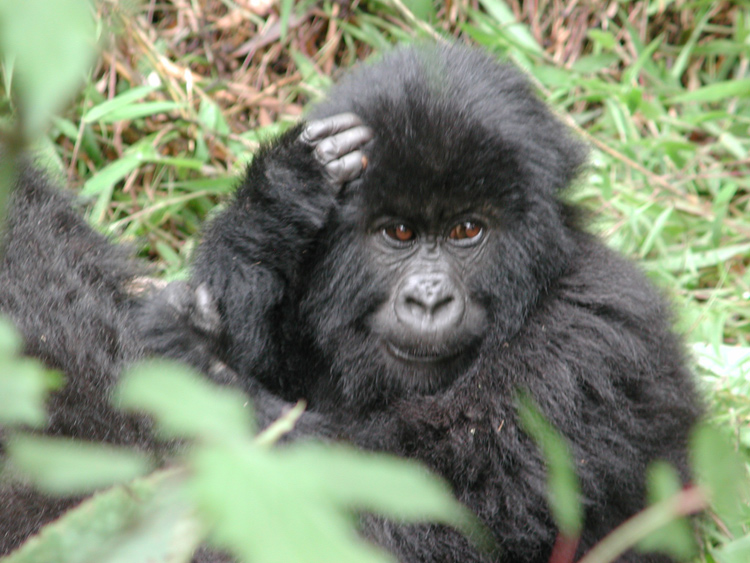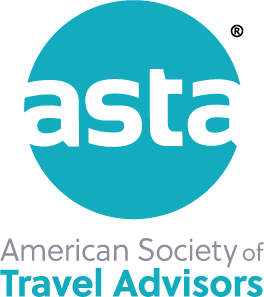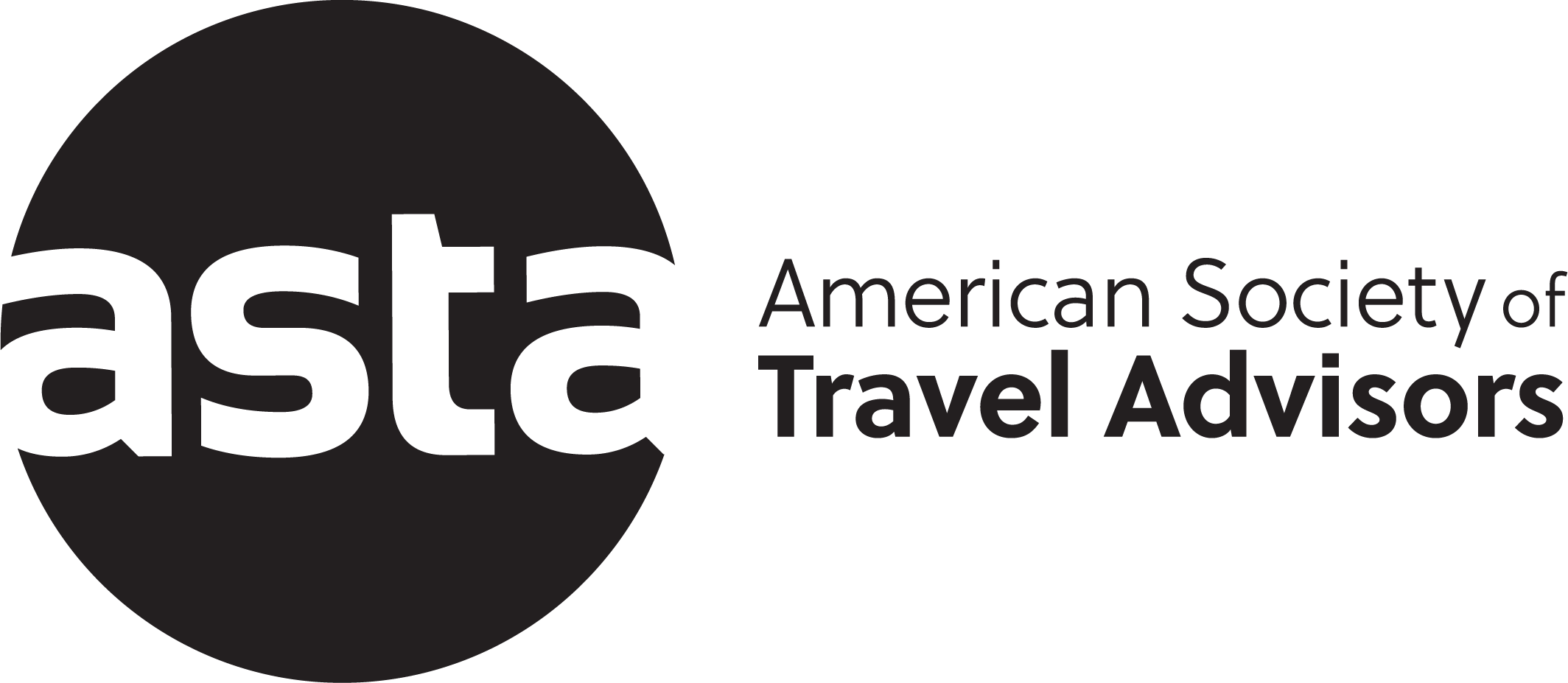Gorilla Trekking: What you need to know
Going on safari is an amazing experience. You’ll see wild animals in their natural habitat and be exposed to unique African cultures. But an African adventure can be much more than game drives on the Serengeti or bird watching in the Okavango Delta.
Gorilla trekking is one of the most extraordinary wildlife experiences on earth, offering a rare opportunity to encounter mountain gorillas in their natural habitat.
Uganda and Rwanda are the top destinations for this life-changing adventure. To ensure a successful and enjoyable trek, here are some essential tips to keep in mind:
Choose the Right Destination
Uganda: Bwindi Impenetrable National Park and Mgahinga Gorilla National Park are Uganda’s premier gorilla trekking locations. Bwindi is home to almost half of the world’s mountain gorilla population.
Rwanda: Volcanoes National Park offers easier access and shorter trek times, making it a popular choice for luxury travellers.
Book Your Permit Early
Gorilla trekking permits are limited and in high demand. Secure yours well in advance, especially during peak travel seasons.
Note that the permit fee includes park entry and the cost of rangers and trackers.
Prepare Physically
Gorilla trekking can be strenuous, as you may hike through dense forests and steep terrain for several hours. Engage in regular exercise, including cardio and leg-strengthening activities, before your trip to ensure you’re in good shape.
Pack the Essentials
Clothing:
Long-sleeved shirts and trousers to protect against insect bites and thorny plants.
Waterproof hiking boots for navigating muddy trails.
Lightweight rain jacket or poncho, as rain is common.
Gear:
A good-quality daypack.
A walking stick (often provided by guides).
Gloves for gripping vegetation during the trek.
Binoculars for spotting other wildlife.
Other Essentials:
Sunscreen and insect repellent.
A reusable water bottle and snacks.
A camera with extra batteries or a power bank (note: flash photography is prohibited).
Follow Gorilla Trekking Etiquette
- Keep a Safe Distance: Maintain at least 7 metres from the gorillas at all times to avoid disturbing them or transmitting diseases.
- Avoid Flash Photography: It can startle the gorillas.
- Stay Quiet and Calm: Avoid sudden movements or loud noises.
- Health Precautions: Do not trek if you are unwell, as gorillas are susceptible to human diseases.
Hire a Porter
Porters are available to help carry your backpack and provide support during challenging sections of the trek. Hiring a porter not only makes your trek easier but also supports the local community.
Be Prepared for the Trek Duration
Treks can last anywhere from 1 to 8 hours, depending on the location of the gorilla family. Guides and trackers will lead you through the forest and ensure your safety.
Understand the Best Time to Go
Dry Seasons: June to September and December to February are ideal, with more comfortable trekking conditions.
Rainy Seasons: March to May and October to November offer lush landscapes and fewer crowds, but trails can be more challenging.
Respect Local Communities
Gorilla trekking often involves passing through villages. Be respectful, engage with locals, and consider purchasing handicrafts to support the community.
Extend Your Stay
In Uganda: Combine gorilla trekking with a safari in Queen Elizabeth National Park or a visit to Murchison Falls National Park.
In Rwanda: Explore Kigali’s Genocide Memorial, Lake Kivu, or go on a golden monkey trek.
Contact us
For more information on gorilla trekking holidays, or to book your next African adventure with us, call us today on 020 8423 3000. Somak will work with you to make your next trip the holiday of a lifetime.
About
Contact
Somak House
Harrovian Business Village
Bessborough Road
Harrow On the Hill
HA1 3EX
Tel: +44 20 8423 3000
Fax: +44 20 8423 7700
Email: info@somak.com
Opening times
| Mon - Fri | : | 9am to 6pm |
| Sat - Sun | : | Closed |







